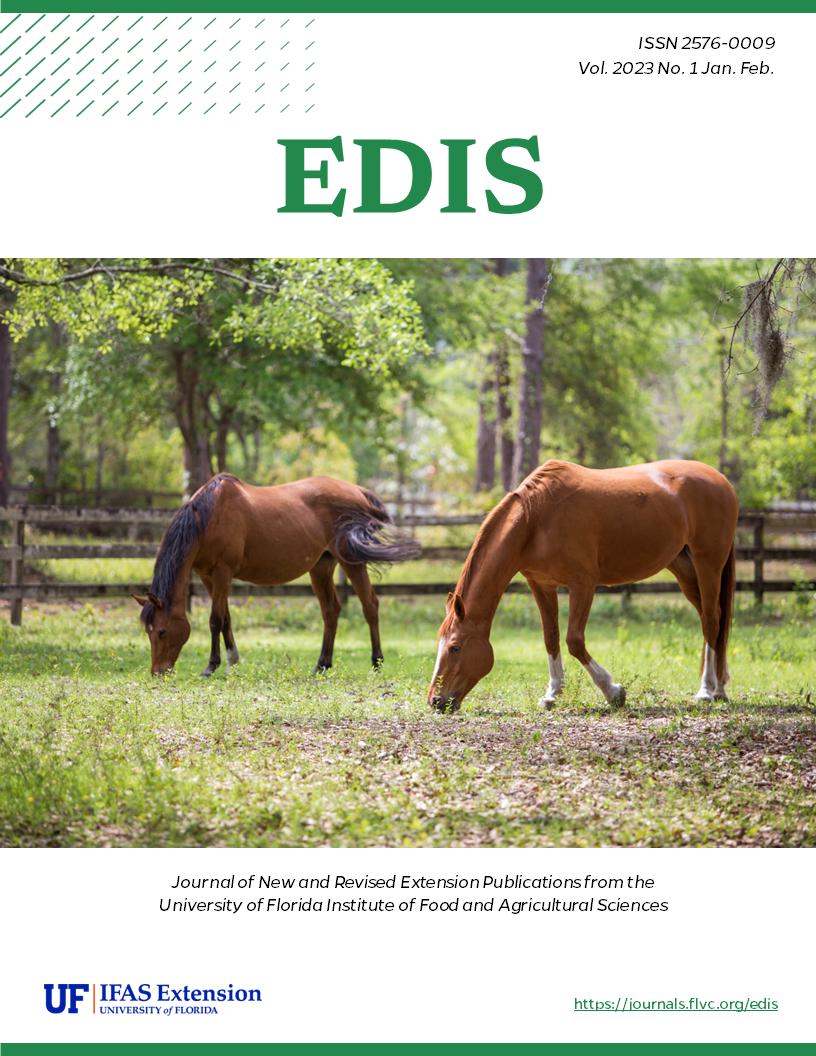Abstract
Maintaining monoculture lawns is resource intensive and can have environmental impacts on arthropod and aquatic communities. Here we introduce the reader to some of the many native plants that establish in lawns and if left to grow can provide ecological benefits to urban landscapes. Most resources and marketing regarding these plants focus on killing them rather than on their ecological benefits. This publication introduces the audience to these species and provides information about the biology and benefits of these species, as well as resources to learn more about self-recruiting lawn species.
References
Hostetler, M. E., G. Klowden, S. W. Miller, and K. N. Youngentob. 2003. “Landscaping Backyards for Wildlife: Top Ten Tips for Success” Circular 1429/UW175, 1/2003. EDIS 2003 (1). https://doi.org/10.32473/edis-uw175-2003
Iannone III, B. V., E. C. Bell, S. Carnevale, J. E. Hill, J. McConnell, M. Main, S. F. Enloe, S. A. Johnson, J. P. Cuda, S. M. Baker, and M. Andreu. 2021. “Standardized Invasive Species Terminology for Effective Education of Floridians.” FOR730/FR439, 8/2021. EDIS 2021 (4): 8. https://doi.org/10.32473/edis-fr439-2021.Milesi, C., S. W. Running, C. D. Elvidge, J. B. Dietz, B. T. Tuttle, and R. R. Nemani. 2005. “Mapping and Modeling the Biogeochemical Cycling of Turf Grasses in the United States.” Environmental Management 36:426–438. https://doi.org/10.1007/s00267-004-0316-2
Wilson, E. O. 1987. “The Little Things That Run the World (the Importance and Conservation of Invertebrates).” Conservation Biology 1 (4): 344–346. https://doi.org/10.1111/j.1523-1739.1987.tb00055.x

